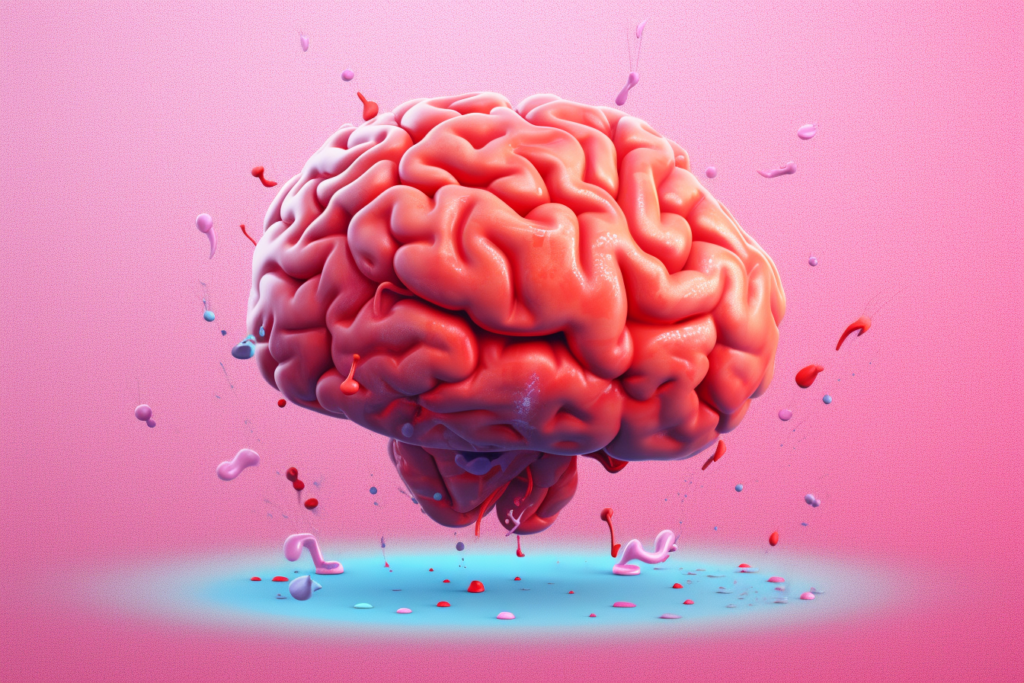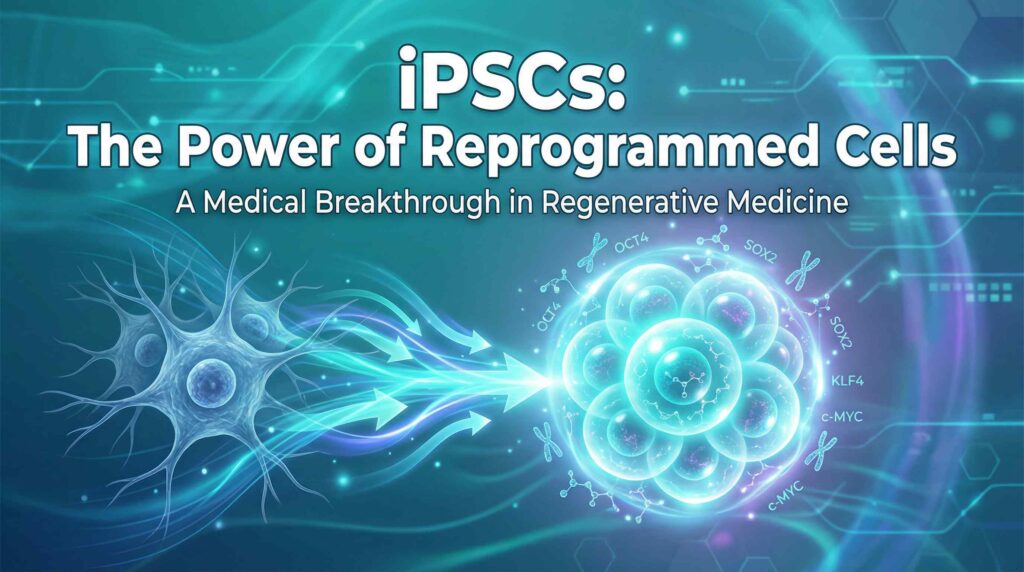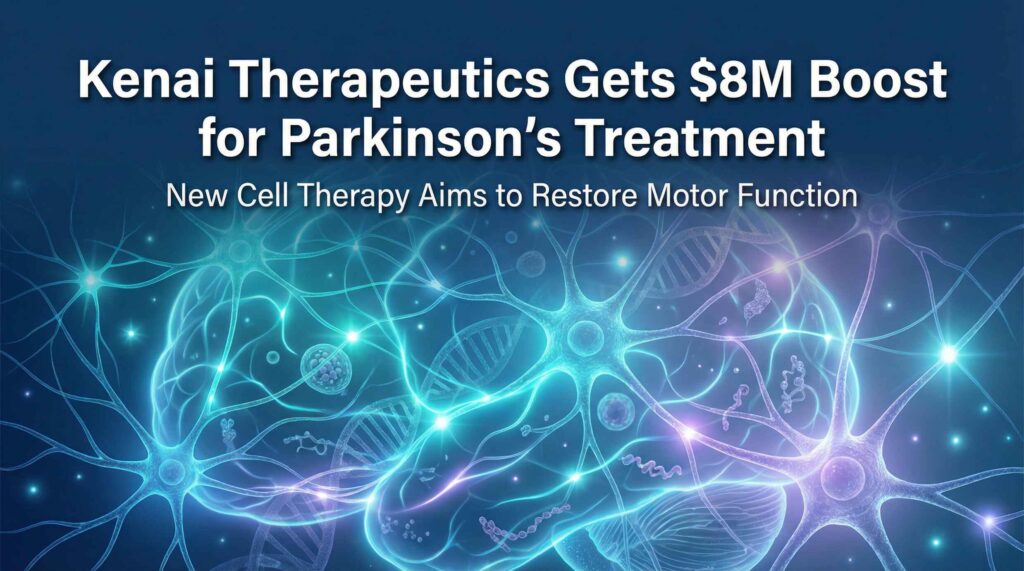If you’re interested in stem cell therapy, then you’re in for a treat. But before we dive in, let’s set the stage.
Imagine you’re a scientist, and you’ve been given the keys to a time machine. But this isn’t your typical time machine. Instead of taking you back to the age of dinosaurs or forward to the distant future, this time machine allows you to observe the very beginnings of life.
You can watch as a single cell divides, differentiates, and eventually forms a complex organism. Sounds exciting, doesn’t it? Well, that’s essentially what we’re doing in the field of stem cell research, and organoids are our time machine.
Stem cells, as you might know, are the body’s master cells. They have the unique ability to develop into many different cell types in the body during early life and growth. They’re like the jacks-of-all-trades of our cells, stepping in to repair and regenerate tissues throughout our lives.
Now, imagine if we could harness this power, this ability to grow and repair, and apply it to medicine. That’s the promise of stem cell therapy, and it’s why scientists all over the world are so excited about it.
But there’s a catch. To use stem cells effectively in medicine, we need to understand them thoroughly – how they grow, how they differentiate, how they function. And that’s where organoids come in.
Organoids are like mini-organs grown in a lab. They’re derived from stem cells and can mimic the complexity of an organ at a smaller scale. Think of them as miniature models of our organs, grown in a petri dish.
By studying these organoids, we can gain insights into how stem cells function and how they can be used in therapy. It’s like having a front-row seat to the earliest stages of organ development.
In this article, we’ll explore how organoids are enhancing our understanding of stem cells and the potential they hold for the future of medicine. So, buckle up and get ready for an exciting ride into the microscopic world of cells and organoids!
Understanding Stem Cells
Welcome to the second stop on our journey! Here, we’re going to delve deeper into the world of stem cells. These little powerhouses are the building blocks of life, and understanding them is like unlocking a secret code to our body’s inner workings.
Stem cells are unique because they’re the only cells in our body that have the ability to turn into any other type of cell. Picture a fresh, blank canvas – that’s a stem cell. Now, imagine that canvas being painted into a beautiful landscape, a vibrant portrait, or a complex abstract piece. That’s what stem cells can do. They can become heart cells, brain cells, skin cells – you name it!
There are three main types of stem cells we’ll focus on: embryonic stem cells, adult stem cells, and induced pluripotent stem cells.
Embryonic stem cells come from human embryos that are three to five days old. They are pluripotent, which means they can divide into more stem cells or become any type of cell in the body. This versatility allows embryonic stem cells to be used to regenerate or repair diseased tissue and organs.
Adult stem cells, on the other hand, are a bit more specialized. They exist in small quantities in our bodies even after we grow up, and they’re used by our bodies to repair and replace damaged tissue.
The third type, induced pluripotent stem cells, are a bit of a scientific marvel. Scientists discovered that they could take adult cells (like skin cells) and “reprogram” them to act like embryonic stem cells. It’s like turning back the clock, giving these cells a do-over, and it’s opened up a whole new world of possibilities in stem cell research.
The role of stem cells in the body is akin to a repair system. They’re there, ready to jump into action and replace cells that are lost due to injury or disease. But their potential goes beyond just our bodies’ natural healing processes. Scientists believe that by understanding stem cells and how to control their growth and differentiation, we can use them for therapeutic purposes – to treat a wide range of diseases and conditions.
Imagine, for instance, being able to repair a heart after a heart attack by injecting healthy heart cells grown from stem cells. Or consider the possibility of treating Parkinson’s disease by replacing damaged neurons with healthy ones. These are the kinds of revolutionary treatments that stem cell research could make possible.
But to get there, we need to understand stem cells better, and that’s where organoids come into play. But more on that in the next section!
The Advent of Organoids
Alright, now that we’ve got a good grasp on stem cells, let’s turn our attention to the stars of our show – organoids. These tiny, self-organized three-dimensional tissue cultures are derived from stem cells and they’re making big waves in the scientific community.
So, what exactly are organoids? Picture a miniature version of an organ, small enough to fit in a petri dish, but with all the complexity and functionality of its full-sized counterpart. That’s an organoid. They’re like the model homes of the cellular world, giving us a scaled-down, but incredibly detailed, view of how our organs work.
Creating organoids is a bit like baking a cake, but instead of flour and sugar, we’re using stem cells and a special cocktail of growth factors. We start with stem cells, add in the right growth factors, and then let nature take its course. The stem cells divide, differentiate, and self-organize into organoids that mimic the structure and function of real organs.
Scientists have been able to create a variety of organoids, including mini-brains, mini-kidneys, mini-intestines, and even mini-lungs. Each of these organoids gives us a unique window into the workings of their respective organs.
In the next section, we’ll dive deeper into how organoids are revolutionizing stem cell research and bringing us closer to the dream of personalized medicine.
Organoids and Stem Cell Research
Now that we’ve got a handle on what organoids are and how they’re created, let’s delve into the exciting part – how organoids are supercharging our understanding of stem cells and their potential in medicine.
Organoids serve as a powerful tool for studying stem cell behavior and differentiation. Remember our time machine analogy from the introduction? Well, organoids are like a time-lapse video of stem cell development. They allow us to watch, in real time, as stem cells divide, specialize, and organize into complex structures. It’s like having a front-row seat to the earliest stages of organ development.

Let’s take the example of brain organoids, often called “mini-brains.” These organoids, derived from pluripotent stem cells, mimic the complexity of the human brain, including its various cell types and structures. By studying these mini-brains, scientists can observe how neurons (the cells that make up our brain and nervous system) form and interact. This could provide invaluable insights into neurological conditions like autism, epilepsy, or Alzheimer’s disease.
Another fascinating area of study is how organoids can help us understand disease progression and treatment. For instance, scientists have created organoids that model tumors, allowing them to study how cancer cells grow and respond to different treatments. This could pave the way for personalized medicine, where treatments are tailored to the individual patient’s tumor.
And it’s not just about studying diseases. Organoids also hold great promise for drug testing and development. Instead of testing new drugs on animals or in clinical trials, scientists can use organoids to test how human cells would react. This could make drug development faster, cheaper, and more ethical.
Let me share another anecdote to illustrate this point. A few years ago, a group of researchers used organoids to test a new drug for a type of lung disease. They created lung organoids from stem cells of patients with the disease, then tested the drug on these organoids. The drug worked beautifully on the organoids, and it later proved successful in clinical trials as well. This is just one example of how organoids could revolutionize drug testing and development.
In the next section, we’ll explore how organoids could be used in stem cell therapy, bringing us one step closer to the dream of regenerative medicine.
Organoids in Stem Cell Therapy
Now that we’ve seen how organoids are helping us understand stem cells and disease, let’s explore their potential in stem cell therapy. This is where things get really exciting!
Stem cell therapy, as we’ve discussed, holds immense promise for treating a wide range of diseases. But one of the challenges has been figuring out how to get stem cells to differentiate into the specific types of cells needed for therapy. And that’s where organoids come in.
By studying organoids, scientists can learn the cues that guide stem cells to develop into specific types of cells. For instance, if we want to treat heart disease, we need to know how to guide stem cells to become heart cells. By studying heart organoids, we can learn the signals that trigger this transformation.
But the potential of organoids in stem cell therapy goes beyond just understanding cell differentiation. Organoids could also be used directly in therapy. Imagine being able to grow a patient’s own cells into an organoid, repair or modify it in the lab, and then implant it back into the patient. This could be a way to treat diseases without the risk of immune rejection, since the organoid would be made from the patient’s own cells.
Let’s take a real-world example. In cystic fibrosis, a genetic mutation causes the lungs to produce thick, sticky mucus that can lead to life-threatening lung infections. Scientists have been able to take cells from patients with cystic fibrosis, grow them into lung organoids, and then correct the genetic mutation in the lab. The hope is that these corrected organoids could one day be implanted back into the patient, providing a cure for the disease.
While we’re still a long way from being able to use organoids in this way, the potential is there. And every day, scientists are making new discoveries that bring us one step closer to this reality.
Ethical Considerations
As we continue our journey, it’s important to address the ethical considerations that come with the territory of stem cell research and organoid use. Like any powerful tool, they have the potential for both great good and harm, and it’s crucial that we navigate this landscape with care.
Firstly, the use of embryonic stem cells has been a subject of ethical debate. These cells are typically derived from embryos that are three to five days old, often created via in vitro fertilization for the purpose of research. The central ethical concern here is the status of the embryo. Some argue that the embryo has the moral status of a person from the moment of conception and that destroying it to obtain stem cells is therefore unethical.
On the other hand, proponents argue that the potential benefits of embryonic stem cell research – such as the development of treatments for serious diseases – outweigh these concerns. They also point out that the embryos used in research are often spare embryos from IVF clinics that would otherwise be discarded.
The creation and use of organoids also raise ethical questions. For instance, as brain organoids become more complex and closely resemble human brains, at what point might they acquire consciousness or the capacity to feel pain? While we’re still far from that point, it’s a question that scientists are beginning to grapple with.
Another ethical issue is the potential for misuse of organoid technology. For example, could organoids be used to create designer organs, leading to a form of biological elitism? Or could they be used in ways that harm individuals or society, such as in bioweapons?
These are complex issues with no easy answers. As we continue to explore the potential of stem cells and organoids, it’s crucial that we have these conversations and develop ethical guidelines to ensure that this research is conducted responsibly.
Conclusion
And here we are, at the end of our journey through the fascinating world of stem cells and organoids. We’ve explored the incredible potential these tiny structures hold for advancing our understanding of human biology, disease, and therapy. But what does the future hold?
The field of stem cell research is moving at a rapid pace, and organoids are at the forefront of many exciting developments. As we refine our ability to create and work with organoids, we’ll continue to unlock new insights into how our bodies work, how diseases develop, and how we can treat them.
Imagine a future where we can grow personalized organoids for every patient, allowing us to test treatments and even develop new ones tailored specifically to their biology. Or a future where we can repair or replace damaged organs with healthy tissue grown in a lab from a patient’s own cells. These are the kinds of possibilities that organoids could make a reality.
But as we’ve discussed, this future also comes with ethical considerations that we must navigate carefully. As we push the boundaries of what’s possible, we must also ensure that we’re doing so in a way that respects human dignity and values.
In conclusion, organoids are truly enhancing our understanding of stem cells and their potential in medicine. They’re providing us with a unique window into the inner workings of our bodies, helping us to understand disease, and bringing us closer to the dream of personalized medicine. The future of stem cell research and therapy is bright, and organoids are lighting the way.


